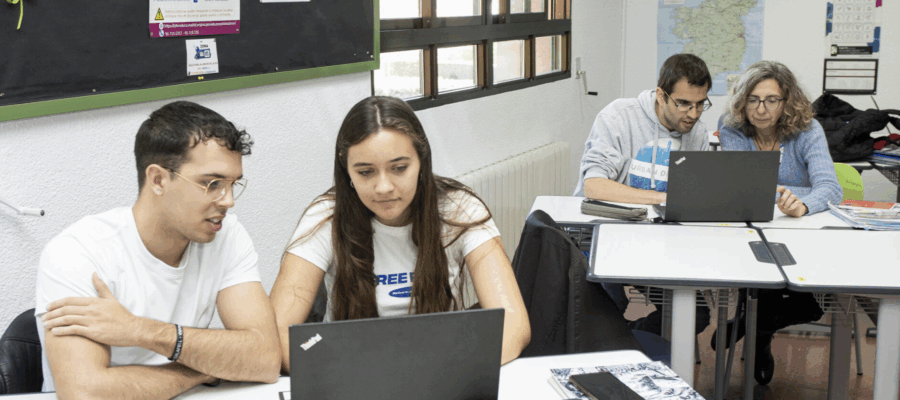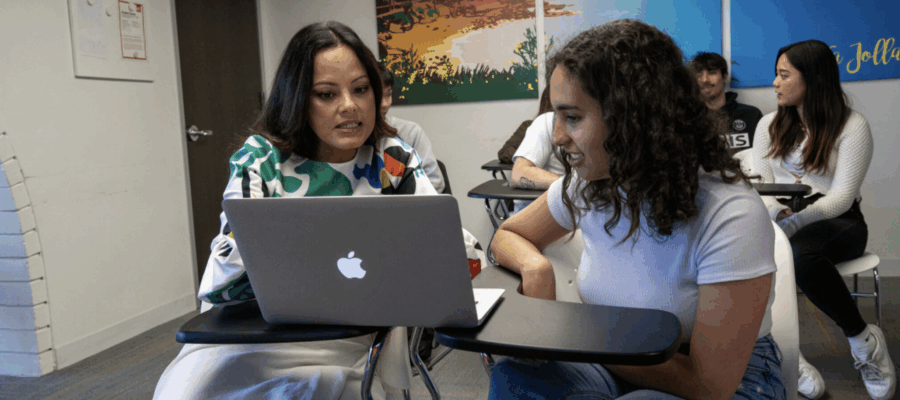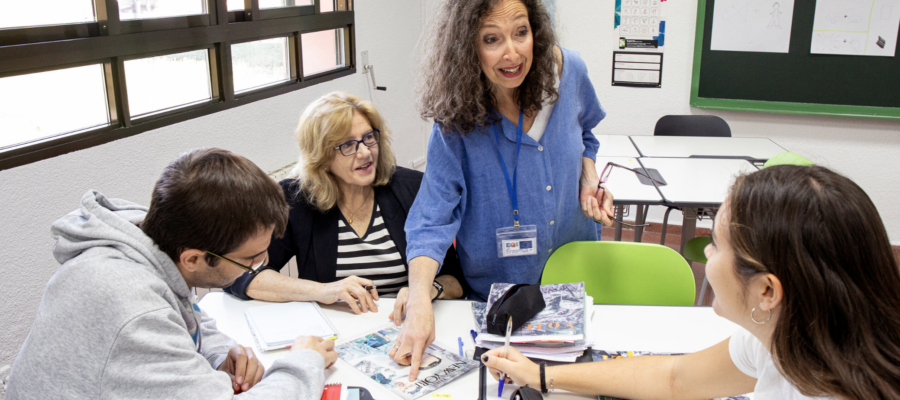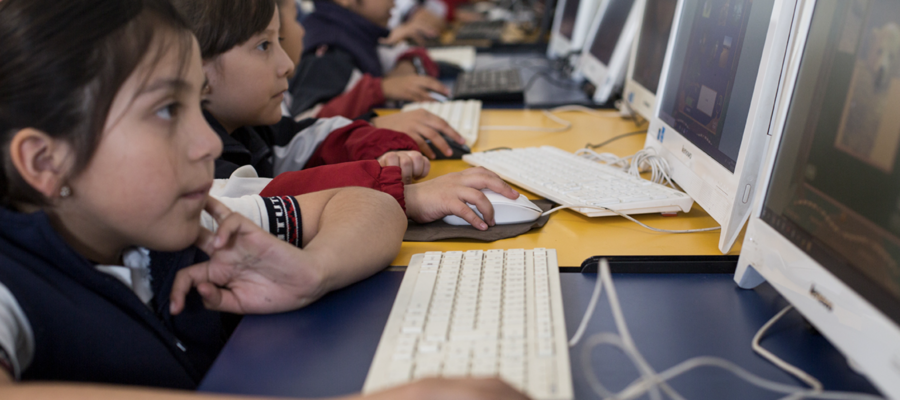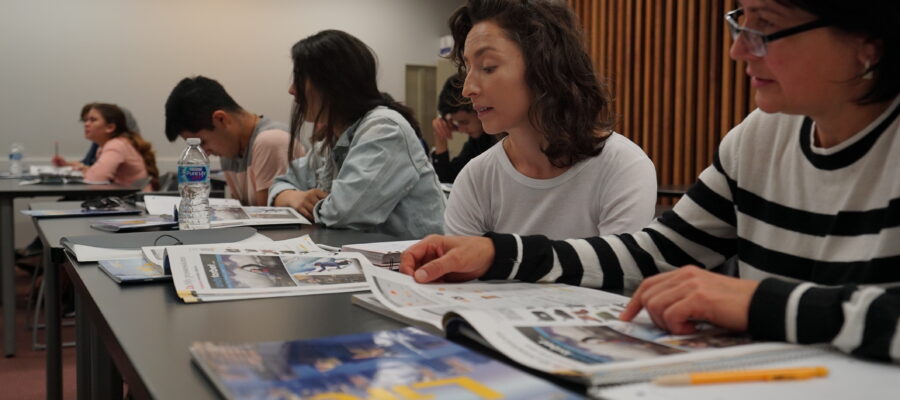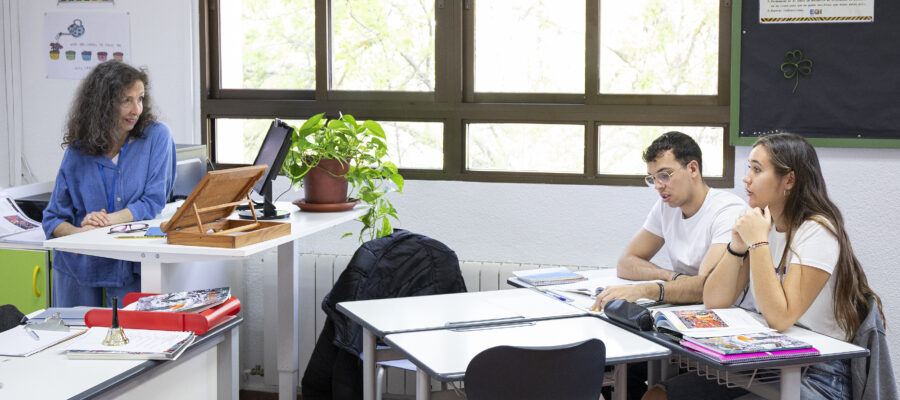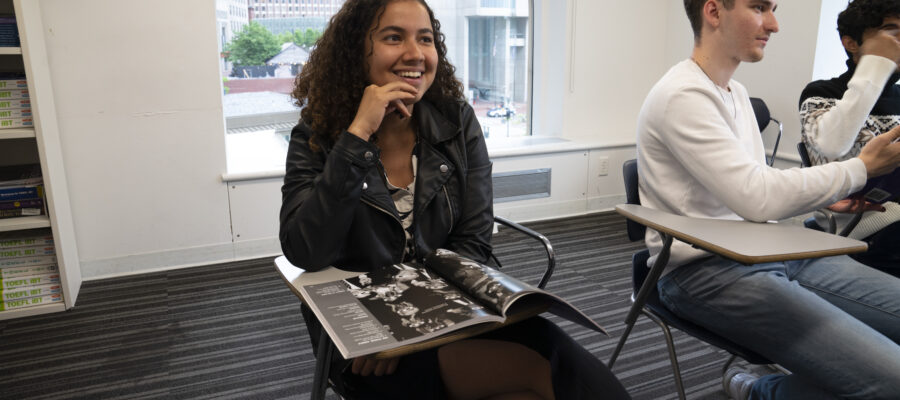Don’t press play (yet!) Using authentic video to develop communication skills? Don’t press play until you do three things! When I started teaching in the 1990s, I believed in the power of authentic video — news reports, documentaries, TV shows, films — to engage learners and bring real English into
